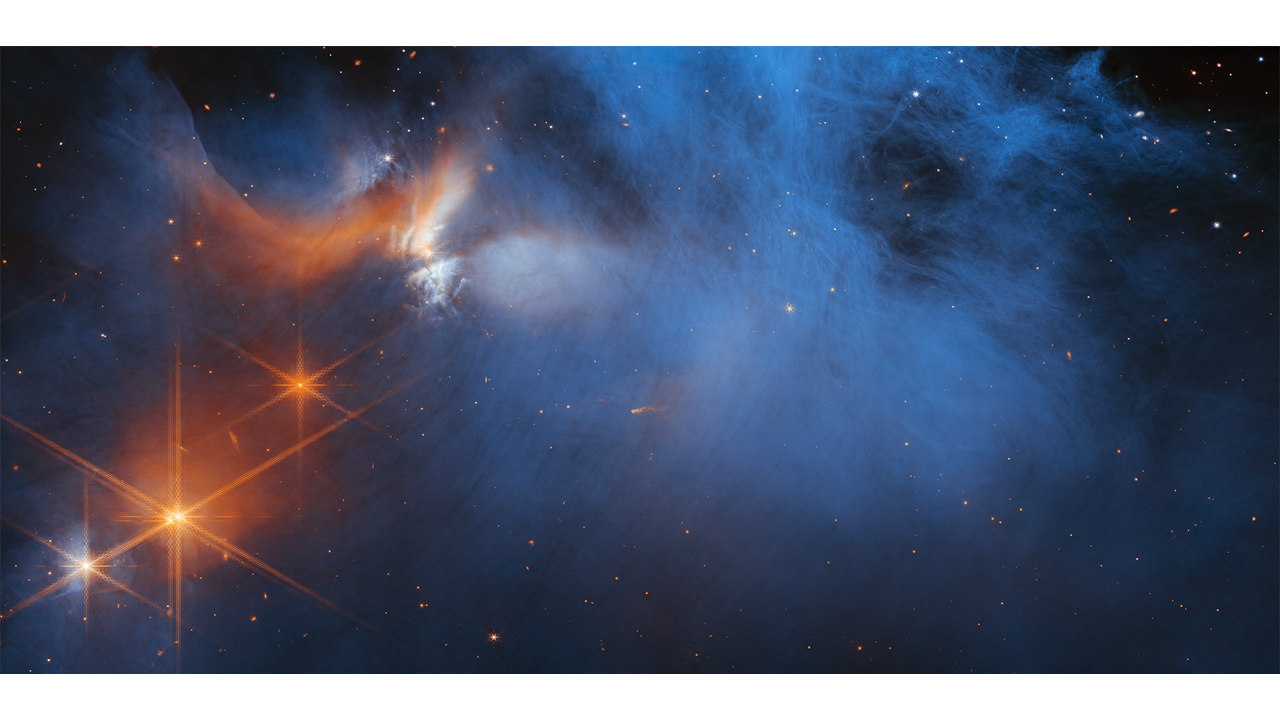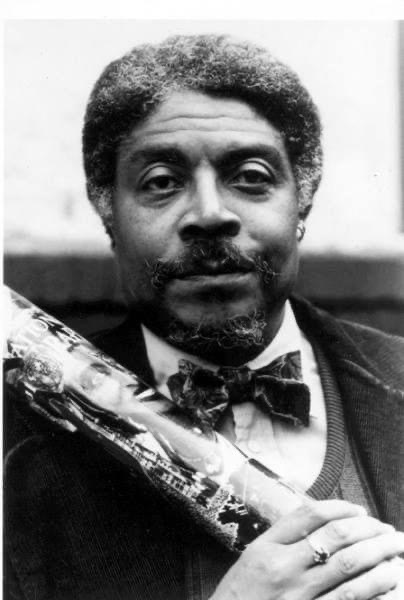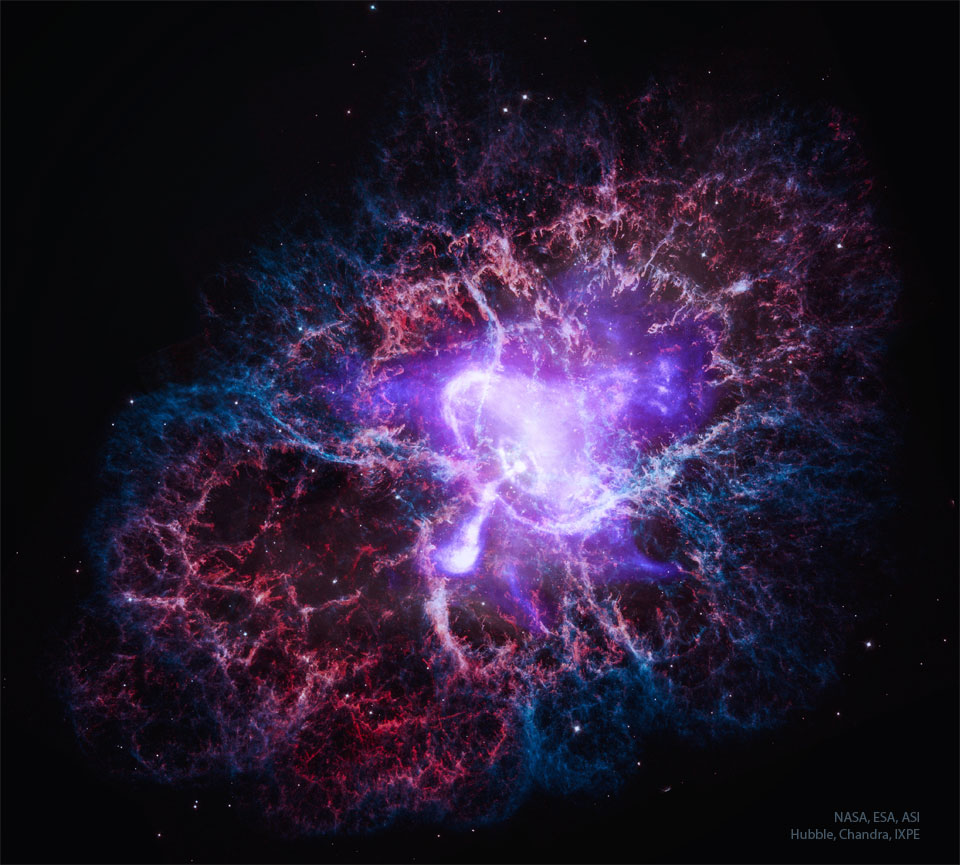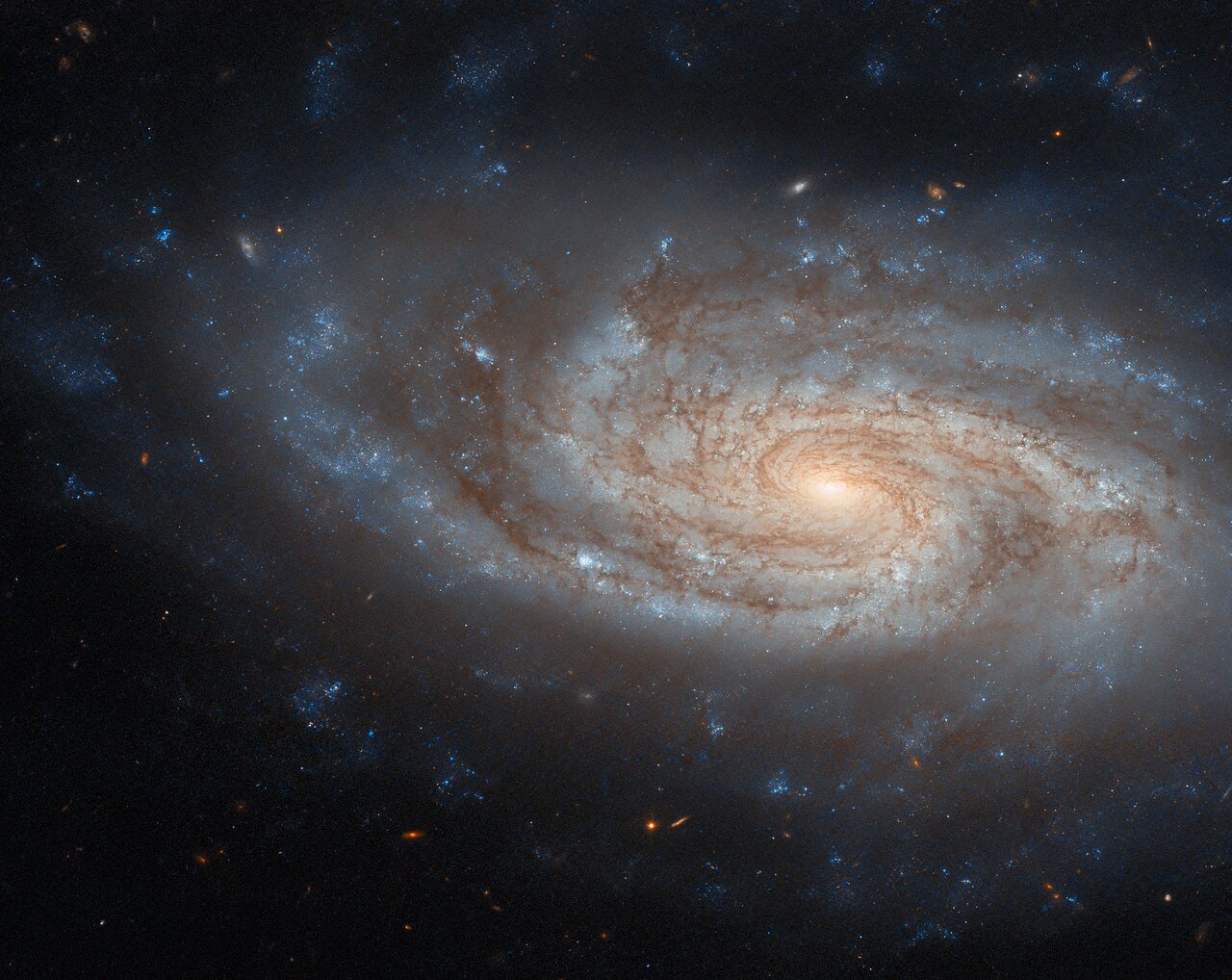Blog
Donald Johnson Ellis (July 25, 1934 – December 17, 1978) was an American jazz trumpeter, drummer, composer, and bandleader. He is best known for his extensive musical experimentation, particularly in the area of time signatures. Later in his life he worked as a film composer, contributing a score to 1971’s The French Connection and 1973’s The Seven-Ups.
Ellis was born in Los Angeles, California, on July 25, 1934. His father was a Methodist minister and his mother a church organist. He attended West High School in Minneapolis, MN. After attending a Tommy Dorsey Big Band concert, he first became interested in jazz. Other early inspirations were Louis Armstrong and Dizzy Gillespie. He graduated from Boston University in 1956 with a music composition degree.
more...Cornelius “Johnny” Hodges (July 25, 1907 – May 11, 1970 Cambridge, MA) was an American alto saxophonist, best known for solo work with Duke Ellington‘s big band. He played lead alto in the saxophone section for many years. Hodges was also featured on soprano saxophone, but refused to play soprano after 1946. Along with Benny Carter, Hodges is considered to be one of the definitive alto saxophone players of the big band era.
After beginning his career as a teenager in Boston, Hodges began to travel to New York and played with Lloyd Scott, Sidney Bechet, Luckey Roberts and Chick Webb. When Ellington wanted to expand his band in 1928, Ellington’s clarinet player Barney Bigardrecommended Hodges. His playing became one of the identifying voices of the Ellington orchestra. From 1951 to 1955, Hodges left the Duke to lead his own band, but returned shortly before Ellington’s triumphant return to prominence – the orchestra’s performance at the 1956 Newport Jazz Festival.
more...The Olympics are a phenomenal role model for our tumultuously troubled world. With all of the wars, gun violence, racism, white supremacy, drug overdoses, suicides, sexism, political deception and overall disrespect. The Olympics give us an opportunity to put all cultures on a level playing field striving for equality, dignity and a love of humanity. Let this years celebrations propel us to a peaceful and caring World of Freedom and Opportunity!

This image by NASA’s James Webb Space Telescope’s Near-Infrared Camera (NIRCam) features the central region of the Chamaeleon I dark molecular cloud, which resides 630 light years away. The cold, wispy cloud material (blue, center) is illuminated in the infrared by the glow of the young, outflowing protostar Ced 110 IRS 4 (orange, upper left). The light from numerous background stars, seen as orange dots behind the cloud, can be used to detect ices in the cloud, which absorb the starlight passing through them.
An international team of astronomers has reported the discovery of diverse ices in the darkest regions of a cold molecular cloud measured to date by studying this region. This result allows astronomers to examine the simple icy molecules that will be incorporated into future exoplanets, while opening a new window on the origin of more complex molecules that are the first step in the creation of the building blocks of life.

Charles McPherson (born July 24, 1939) is an American jazz alto saxophonist born in Joplin, Missouri, United States, and raised in Detroit, Michigan, who worked intermittently with Charles Mingus from 1960 to 1974, and as a performer leading his own groups.
McPherson also was commissioned to help record ensemble renditions of pieces from Charlie Parker, on the 1988 soundtrack for the film Bird.
In 2020, the JazzTimes magazine readers’ poll named McPherson Artist of the Year, and also selected his album Jazz Dance Suites as Best New Release.
more...Billy Taylor (July 24, 1921 – December 28, 2010 Greenville, NC) was an American jazz pianist, composer, broadcaster and educator. He was the Robert L. Jones Distinguished Professor of Music at East Carolina University in Greenville, and from 1994 was the artistic director for jazz at the John F. Kennedy Center for the Performing Arts in Washington, D.C.
A jazz activist, Taylor sat on the Honorary Founders Board of The Jazz Foundation of America, an organisation he founded in 1989, with Ann Ruckert, Herb Storfer and Phoebe Jacobs, to save the homes and the lives of America’s elderly jazz and blues musicians, later including musicians who survived Hurricane Katrina.
Taylor was a jazz educator, who lectured in colleges, served on panels and travelled worldwide as a jazz ambassador. Critic Leonard Feather once said, “It is almost indisputable that Dr. Billy Taylor is the world’s foremost spokesman for jazz.
more...
John Mayall, legendary blues guitarist and founder of John Mayall & the Bluesbreakers, died on Monday at the age of 90, Vanity Fair reports.
Born in Macclesfield, England in 1933, Mayall taught himself to play the piano, guitars and harmonica as a kid. After graduating from the Manchester College of Art, he maintained a side hustle playing with local musicians. In 1963, he founded the Bluesbreakers with drummer Peter Ward, bassist John McVie (who would later join Fleetwood Mac) and guitarist Bernie Watson. Together they helped bring the sound of American Delta blues — artists like Muddy Waters, John Lee Hooker and Elmore James — to English venues and audiences. In 1965, Eric Clapton, who’d quit the Yardbirds, joined the lineup. “The blues fitted in with the early ’60s, the social way of life at the time,” Mayall explained to The Guardian in 2014. “Things were changing anyway – in fashion, art, political views. … It happened here, rather than in America, because at the time, the scene in America was racially segregated – over there, never the twain would meet. In Europe, however – not just England – the Black blues began to be heard by an audience that was not listening to them in America. We discovered Elmore James, Freddie King, JB Lenoir, and they spoke to our feelings, our life stories and that was it. Hooked.”
more...
Carey Frank “Carei” Thomas (* July 23, 1938 in Pittsburgh; † May 28, 2020 in Minneapolis) was an American jazz musician (piano, composition, also vocals) who was active in a six-decade career as a jazz pianist, composer, educator, and organizer of art exhibitions in Minneapolis.
Thomas spent his teenage and early adult years in Chicago, where he met one of his idols, the bandleader and pianist Sun Ra. There he founded a doo-wop group and worked with the Association for the Advancement of Creative Musicians. After serving two years overseas in the US Army, Thomas moved to Minneapolis in 1972 to study music education and therapy at the University of Minnesota. He was involved in many organizations in the Twin Cities in the years that followed, serving as music director for the Interact Center for Visual and Performing Arts and as a music educator at the West Bank School of Music and St. Paul’s High School for Recording Arts. In 1993, he was diagnosed with Guillain-Barré syndrome, and invented new ways to play the piano. The nerve disorder required years of physical therapy and limited his finger movements.
Thomas was known for developing experimental and genre-bending pieces of music under his own name and with groups and collectives such as Zeitgeist, The Elders, and the Neighborhood Ensemble. He also pioneered musical concepts such as controlled improvisation and sound generation. In 2000, Thomas recorded the album Minding Our Bid’ness with his Feel Free Ensemble at the Bryant-Lake Bowl Theater in Minneapolis, which featured saxophonist George Cartwright, among others. On it he played his own compositions such as “Tippy/One Ahead (For All Victims of Violence)” and “Invention #1: Way North of the Order (Dedicated to Paul Bley and Ornette Coleman)”. In 2003 he participated in an album by the formation Fat Kid Wednesdays; around 2005 he released his last album under his own name, Sound Window(s), which was released on Innove Records.[4] In 2011 he published “Compositions and Concepts” with notes and stories behind his pieces from 1959. Thomas died in late May 2020 when complications of hypertrophic cardiomyopathy occurred after a fall, leading to heart failure.
Jazz singer José James, who performed with Thomas’ many Twin Cities ensembles and was his student, called him “a brilliant pianist, composer and mentor to a generation of artists”. 
A city-sized magnetized neutron star spinning around 30 times a second. Known as the Crab Pulsar, it is the bright spot in the center of the gaseous swirl at the nebula’s core. About 10 light-years across, the spectacular picture of the Crab Nebula (M1) frames a swirling central disk and complex filaments of surrounding and expanding glowing gas. The picture combines visible light from the Hubble Space Telescope in red and blue with X-ray light from the Chandra X-ray Observatory shown in white, and diffuse X-ray emission detected by Imaging X-ray Polarimetry Explorer (IXPE) in diffuse purple. The central pulsar powers the Crab Nebula‘s emission and expansion by slightly slowing its spin rate, which drives out a wind of energetic electrons. The featured image released today, the 25th Anniversary of the launch of NASA’s flagship-class X-ray Observatory: Chandra.

Montez Coleman, a sharp and ebullient drummer best known for his close association with Roy Hargrove, died on Jan. 14 at Barnes-Jewish Hospital in St. Louis, MO.
He was 48. The cause was congestive heart failure, his wife, Carlynda Coleman, tells WBGO.
An exemplar and proud exponent of the jazz community in St. Louis, Coleman radiated crisp authority as a drummer, exerting lift and momentum in any setting. “He had a natural swing that made you feel good right away,” bassist Vicente Archer, a regular partner, tells WBGO. “On a personal level and musically, you knew when he was in the room. He was a loving person, and he always had your back, too.”
Among Coleman’s steady affiliations was a group with Archer and pianist Bruce Barth, which recorded a forthcoming album last summer, one day after a gig at Mezzrow in New York. “I took an immediate liking to Montez,” says Barth, whose first encounter with Coleman was at Jazz St. Louis 20 years ago. “He had such a deep groove and this exuberant, positive energy that was infectious.”
more...Steve Lacy (born Steven Norman Lackritz; July 23, 1934 – June 4, 2004) was an American jazz saxophonist and composer recognized as one of the important players of soprano saxophone. Coming to prominence in the 1950s as a progressive dixieland musician, Lacy went on to a long and prolific career. He worked extensively in experimental jazz and to a lesser extent in free improvisation, but Lacy’s music was typically melodic and tightly-structured. Lacy also became a highly distinctive composer, with compositions often built out of little more than a single questioning phrase, repeated several times.
The music of Thelonious Monk became a permanent part of Lacy’s repertoire after a stint in the pianist’s band, with Monk’s works appearing on virtually every Lacy album and concert program; Lacy often partnered with trombonist Roswell Rudd in exploring Monk’s work. Beyond Monk, Lacy performed the work of jazz composers such as Charles Mingus, Duke Ellington and Herbie Nichols; unlike many jazz musicians he rarely played standard popular or show tunes.
more...William Thomas “Champion Jack” Dupree (July 23, 1909 or July 4, 1910 – January 21, 1992) was an American blues and boogie-woogie pianist and singer. His nickname was derived from his early career as a boxer. Dupree was a New Orleans blues and boogie-woogiepianist, a barrelhouse “professor”. His father was from the Belgian Congo and his mother was part African Americanand Cherokee. His birth date has been given as July 4, July 10, and July 23, 1908, 1909, or 1910; the researchers Bob Eagle and Eric LeBlanc give July 4, 1910.
more...William James Edwards Lee III (July 23, 1928 – May 24, 2023 Snow Hill, AL) was an American jazz bassist and composer, known for his collaborations with Bob Dylan and Aretha Franklin, his compositions for jazz percussionist Max Roach, and his session work as a “first-call” musician and band leader to many of the twentieth-century’s most significant musical artists, including Duke Ellington, Billie Holiday, Harry Belafonte, Peter, Paul and Mary, Simon and Garfunkel, Judy Collins, Arlo Guthrie, Billy Strayhorn, Woody Guthrie, and Pete Seeger, among many others.
Lee recorded three critically acclaimed albums at the Black independent label Strata-East Records: (1) The Descendants of Mike and Phoebe: A Spirit Speaks; (2) The Brass Company: Colors, in collaboration with his two sisters; and (3) The New York Bass Violin Choir, a collaboration of seven basses, which JazzdaGama described as “a true Holy Grail for all musicians,” and which Lee classified as one of his “narrative folk, jazz operas” along with “One Mile East,” both of which were inspired by memories of the former slave quarters near his childhood home. Stagings at New York City’s Central Park, Lincoln Center and Newport Jazz Festival followed all of these recordings.
Trumpeter Theo Croker called Lee “… [O]ne of the great American composers of our time. His harmonic beauty was unique and his choice of melody always struck a chord inside of the listener. He was a masterful orchestrator of imagery.” In 2008, The New York Times noted that “His music has the complex harmonies of bebop and hard bop, but it also has a sincere, down-home, churchy feel. His passages move to interesting and unexpected places, but they resolve before long in a way that is simple and sincere, earthy and somehow very satisfying.”
Featured in more than 250 record albums, and on such songs as “Puff the Magic Dragon” and “Mr. Tambourine Man,” Lee also appeared in several movies made by his son, acclaimed film-maker Spike Lee, in addition to creating original soundtracks for She’s Gotta Have It (1986), School Daze (1988), Do the Right Thing (1989), and Mo’ Better Blues (1990).
more...In this week’s Hubble Picture of the Week we are treated to a wonderfully detailed snapshot of NGC 3430. A spiral galaxy, it lies 100 million light-years from Earth in the constellation Leo Minor. Several other galaxies are located relatively nearby to this one, just out of frame; one is close enough that gravitational interaction is driving some star formation in NGC 3430.
That NGC 3430 is such a fine example of a galactic spiral may be why it ended up as part of the sample that Edwin Hubble used to define his classification of galaxies. Namesake of the Hubble Space Telescope, in 1926 he authored a paper which classified some four hundred galaxies by their appearance — as either spiral, barred spiral, lenticular, elliptical or irregular. This straightforward typology proved immensely influential, and the modern, more detailed schemes that astronomers use today are still based on it. NGC 3430 itself is an SAc galaxy, a spiral lacking a central bar with open, clearly-defined arms.
At the time of Hubble’s paper, the study of galaxies in their own right was in its infancy. With the benefit of Henrietta Leavitt’s work on Cepheid variable stars, Hubble had only a couple of years before settled the debate about whether these ‘nebulae’, as they were called then, were situated within our galaxy or were distant and independent. He himself referred to ‘extragalactic nebulae’ in his paper, indicating that they lay beyond the Milky Way galaxy. Once it became clear that these distant objects were very different from actual nebulae, the favoured term for a while was the quite poetic ‘island universe’. While NGC 3430 may look as if it still deserves this moniker, today we simply call it and the objects like it a ‘galaxy’.

More Posts
- World Music DOGO
- Daily Roots Johnny Clarke
- Cosmos HH 1 & 2
- Wyclef Jean
- Ziggy Marley
- Barney Kessel
- Luis Bonfá
- Cozy Cole
- STOP THE WAR World Music KOZAK SYSTEM
- Daily Roots The Planets
- Cosmos NGC 1300
- Bob Weir
- Roger Hawkins
- Billy Cox
- Roy Hargrove
- Big Joe Williams
- World Music Meszecsinka
- Daily Roots Jimmy London
- Cosmos GRB 221009A
- Fela Kuti